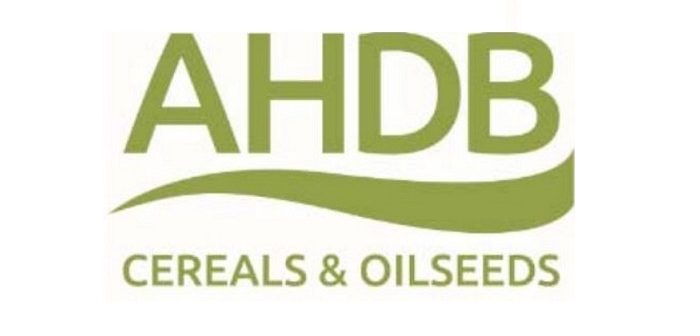A flexible variety trialling system that looks beyond headline yields is required by growers and users of cereals and oilseeds in the UK.
This is a key conclusion from AHDB’s ‘Look Ahead’ activity, announced at the Agronomists’ Conference today (4 December 2018) by Jenna Watts.
Look Ahead examines how people use the Recommended Lists (RL) and identifies how the variety trialling project can be improved. It has considered more than 600 survey responses, as well as feedback from numerous stakeholders at events throughout 2018.
Jenna, who oversees the production of the RL at AHDB, said: “One thing is clear: the industry is passionate about our world-class, independent variety trialling system and people want to see it go from strength to strength.
“There are many looming issues, including changes to weather extremes, disease management and government support, meaning this is the right time to look at how the RL is produced.”
As anticipated, mainly growers (52%) and agronomists (19%) responded to the survey.
The survey found that the RL booklet is widely used (by 87% of grower respondents) and the vast majority (90% of growers and agronomists) rated the RL as an important source of information.
Although treated yields and gross output were considered to be very important by growers and agronomists, many other features were considered slightly more crucial, with ‘disease resistance’ topping the list.
Jenna said: “As chemistry is lost and efficacy is eroded by resistance, farmers put a greater value on varietal resistance to disease. In fact, the whole variety package, including regional performance and potential market premiums, is being looked at more closely.”
“Headline treated yield remains important, just not as much as it used to be – today, optimum and cost-effective yields, not maximum yields, are king.”
The Look Ahead activity has generated a wide range of points to be considered. Four working groups have been established to provide advice on the direction on the RL:
- Resowing and recommendation process – This group will look at how the RL strikes a balance between quality, yield, agronomics, disease and economic performance.
- Number and location of trials – With 60% of survey respondents expressing a strong interest in regional performance data, this group will look at how trials are distributed and analysed to provide the most robust local information.
- New traits and breeding advances– A wide range of traits were suggested for measurement within the RL. This group will look to develop a flexible system that is able to prioritise and fast-track the traits most likely to bring the biggest rewards.
- Communication and knowledge exchange– The potential to use digital tools, such as Harvest Results interactive, and enhanced regional event activity will be explored by this final group.
Each working group will develop a costed action plan for consideration by the RL Board in summer 2019.




